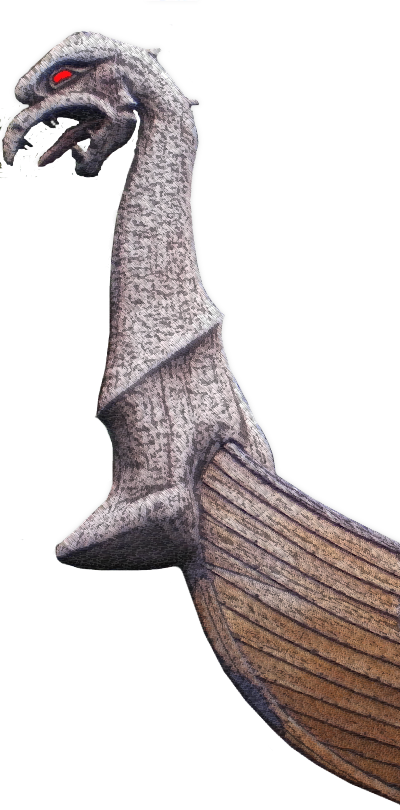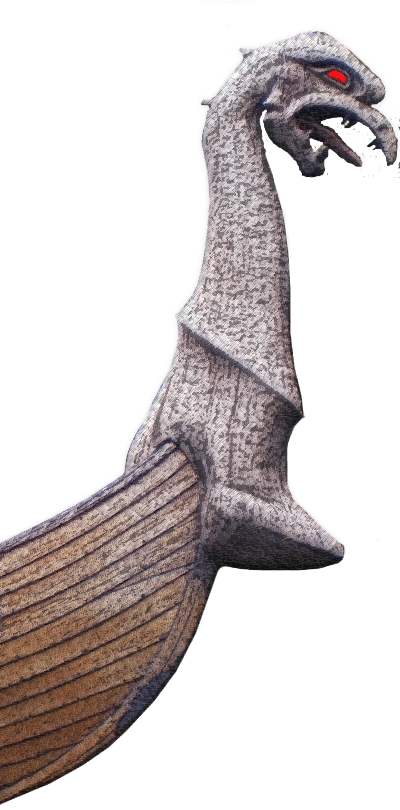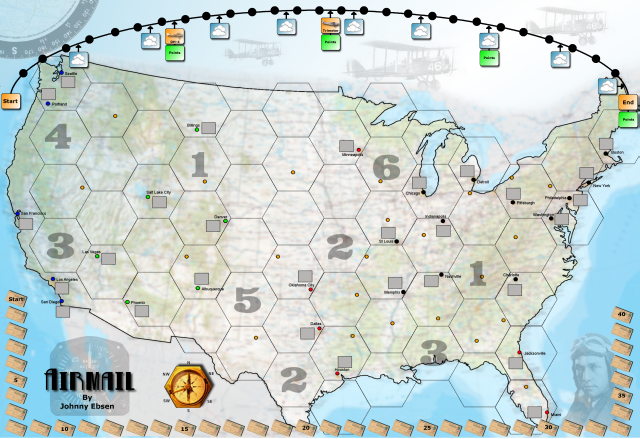| The Post Office Department's most extraordinary role in transportation was probably played in the sky, a role, unfortunately, little known today other than to postal employees and the pioneers of American aviation.
The United States government had been slow to recognize the potential of the airplane. In 1905, the War Department refused three separate offers by the Wright brothers to share their scientific discoveries on air flights. Even after the brothers had satisfied many European nations in 1908 that air flight was feasible, America owned only one dilapidated plane. The Post Office Department, however, was intrigued with the possibility of carrying mail through the skies and authorized its first experimental mail flight in 1911 at an aviation meet on Long Island in New York. On May 15, 1918, the Post Office Department began scheduled airmail service between New York and Washington, D.C., an important date not only for the Post Office but for all commercial aviation. Simultaneous takeoffs were made from Washington's Polo Grounds and from Belmont Park, Long Island, both trips by way of Philadelphia. During the first three months of operation, the Post Office used Army pilots and six Jenny training planes of the Army (JN-4Hs) . On August 12, 1918, the Post Office took over all phases of the airmail service, using newly hired civilian pilots and mechanics and six specially built mail planes from the Standard Aircraft Corporation. The United States Post Office Department created the nation"s commercial aviation industry. From 1918 to 1927, the Post Office Department built and operated the nation"s airmail service, establishing routes, testing aircraft and training pilots. When the Department turned the service over to private contractors in 1927, the system was a point of national pride. Be a subcontractor to the United States Post Office Department and try to get the most lucrative contracts and route your airplane(s) efficiently to be more profitable than your competitors and the final victory will be yours |



